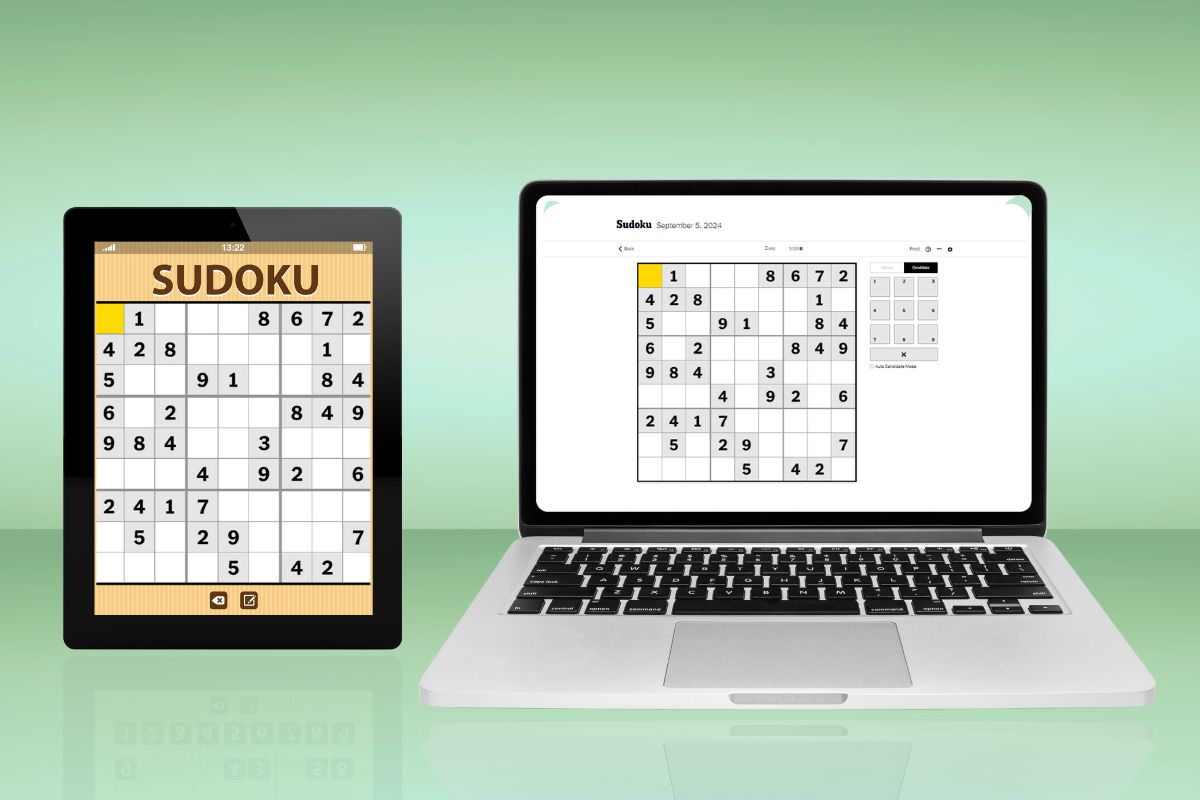How NYT Sudoku Keeps Fans Engaged With New Features

Sudoku is a number game based on reasoning that has millions of fans all over the world. There are a lot of places to play this fun game, but the New York Times (NYT) stands out for its unique method and commitment to quality. This article talks about the history, features, and impacts of the NYT Sudoku. This gives a full picture of why puzzle fans love it so much.
The Origins of Sudoku
The word “Sudoku” comes from the Japanese word for “single number.” Howard Garns created the game “Number Place” in 1979. In the 1980s, it became very famous in Japan and then spread around the world. The goal of the puzzle is easy: put numbers in a 9×9 grid so that every column, row, and 3×3 subgrid has all nine digits, one after the other.
The New York Times and Sudoku
In 2005, the New York Times, which is known for its good writing and interesting articles, started giving its users Sudoku. This was part of a bigger plan to give more things and meet the needs of a growing number of puzzle fans. The NYT Sudoku became very famous very quickly because the problems were well made and the layout was easy to use.
Features of NYT Sudoku
- Daily Puzzles: Every day, the New York Times publishes a new Sudoku game, so puzzle fans always have something new to work on. You can use these puzzles whether you’ve done puzzles before or not because they range in difficulty from easy to hard.
- Interacting with the Puzzle: You can get the New York Times Sudoku online or on paper. People who play the game online can put in numbers, see where they went wrong, and even get help if they get stuck on the live screen. Now that it’s online, even more individuals can access it.
- Mobile App: The NYT Games app can be downloaded on iOS and Android phones. It encompasses Sudoku along with other widely played games like Crossword and Spelling Bee. This program enables the seamless playing of Sudoku on your mobile device. The appearance is impressive and the use is straightforward.
- Subscription Model: Once you join the New York Times, you can play all of its games—including Sudoku—anywhere you choose. A few chores are free for usage. This approach has helped The New York Times to stay up with the most recent events and produce excellent pieces.
Why NYT Sudoku Is Interesting
- Mental Stimulation: Sudoku is known to be good for your brain. It makes you more focused, rational, and good at fixing problems. The well-thought-out puzzles in the NYT Sudoku are great for people of all ages who want to work out their minds.
- Community and Competition: The New York Times has helped build a strong group of puzzle fans. People can fight with each other, share their scores, and even join online events. The feeling of being part of a group makes the game even more fun.
- Value as a Learning Tool: However, it’s not only a game. It helps kids and their parents think and do math better. A newspaper in New York Since there are different levels of challenge, Sudoku is a great way to teach.
How NYT Sudoku Has Changed Over Time
Over the years, the Sudoku puzzles in the New York Times have improved. More varieties of puzzles with varied themes and adaptations exist now that add appeal to the game. Mistake checks and advice help newcomers to play while still being difficult for professionals.
What’s Next for NYT Sudoku
The New York Times plans to keep improving its Sudoku method to meet the needs of its readers as they change. As technology improves, we should be excited about situations that are more engaging and interesting. It’s possible that adding AI to games would make them more fun and difficult for all skill levels and tastes.
Conclusion
The New York Times Sudoku isn’t just a problem; it’s a trip through numbers that makes you think and feel good. It is a popular part of the New York Times because it combines old and new ideas. The New York Times Sudoku game is fun and challenging for everyone, whether you play it occasionally or all the time.

